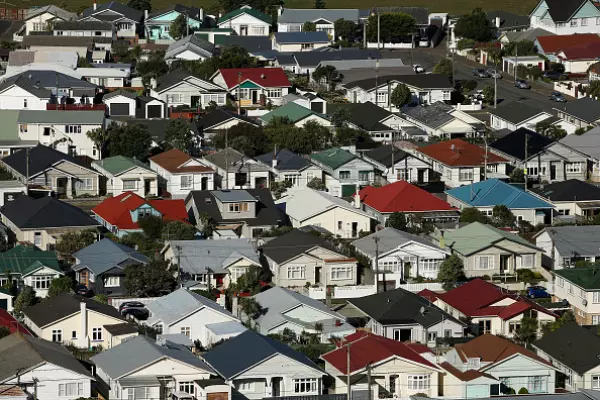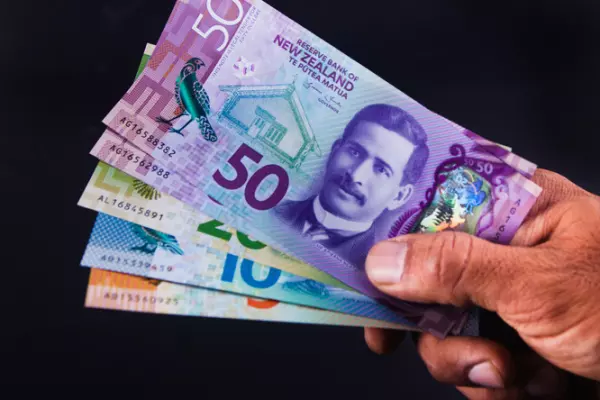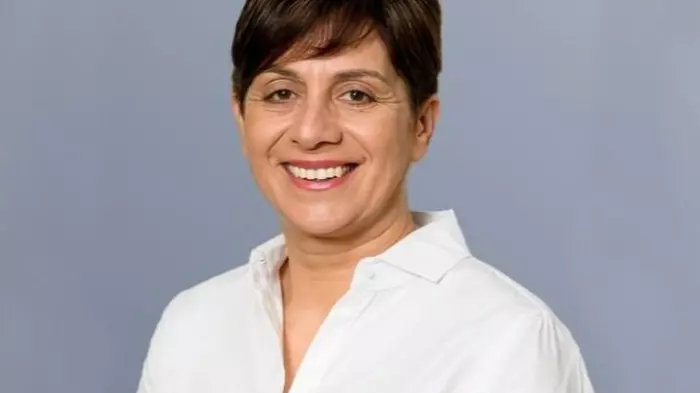Westpac offers $10k interest-free loans as it goes carbon zero

Westpac is offering interest-free loans of up to $10,000 to help its existing mortgage customers reduce their emissions.
The "Warm Up" loans can be used to buy heat pumps, solar panels, ventilation and/or double glazing and insulation and have a maximum term of five years.
The bank, which said it is the country's first to be certified as carbon zero by Toitu Envirocare, is also aiming to have its fleet of about 300 vehicles 100 percent electric by 2025 from 30 percent now. Having halved its emissions since 2008, Westpac NZ is also aiming for a further 30 percent reduction.
Chief executive David McLean said his bank hasn't put a budget on how many interest-free loans it will make "because it's very hard to assess how many people are going to want it." Westpac hasn't done any research into that.
"Part of the problem with climate change is you can do some big things to help, but a lot of it is a lot of people doing small things," McLean said.
Westpac has no plans to cap the amount it lends through the Warm Up programme. McLean noted that a self-limiting factor will be that would-be borrowers have to already have Westpac home loans.
"You don't very often hear of banks offering interest-free loans. It's very unusual. We're putting our money where our mouth is."
Nevertheless, McLean agreed that improving the quality and energy efficiency of homes is likely to both increase their value and to improve Westpac's security.
Research Westpac commissioned from my2cents found 81 percent of those surveyed were concerned about climate change and 88 percent agreed that businesses should do more to lower their carbon footprint.
My2cents surveyed 1,023 people between Sept. 18 and 27 and the results have a 2.1 percent margin of error.
Westpac's mortgage book was worth $52.18 billion at Dec. 31, according to the Reserve Bank's Bank Financial Strength Dashboard, making it the nation's third-largest home lender.
McLean said that reducing Westpac's emissions had been an "interesting journey," which started with obvious things like lightbulbs, efficiency of air conditioning and heating, and then air travel.
"Having more tele-conferencing capability means people are less likely to have to fly to Wellington or Christchurch for a meeting."
Converting 30 percent Westpac's fleet to electric vehicles had seemed "a huge stretch" when the target was set in 2017 when electric cars were more expensive than those with internal combustion engines.
"The technology's changing, the cost of EVs is coming down and people are getting over their range issues," McLean said.
Another step Westpac has taken to help customers reduce their emissions is lending $1.6 billion to business customers for climate change solutions with a target to increase that to $2 billion by October.
The bank has also reduced its lending to fossil fuel mining and production by 61 percent since 2012. It said it’s the only New Zealand bank to transparently publish these figures.
"Any new lending must meet strict lending criteria, including that it is consistent with transitioning to a net zero carbon economy in line with the Paris climate agreement."
Westpac said this is a New Zealand initiative, although its Australian parent bank's sustainability team is aware of the programme.
Comments














